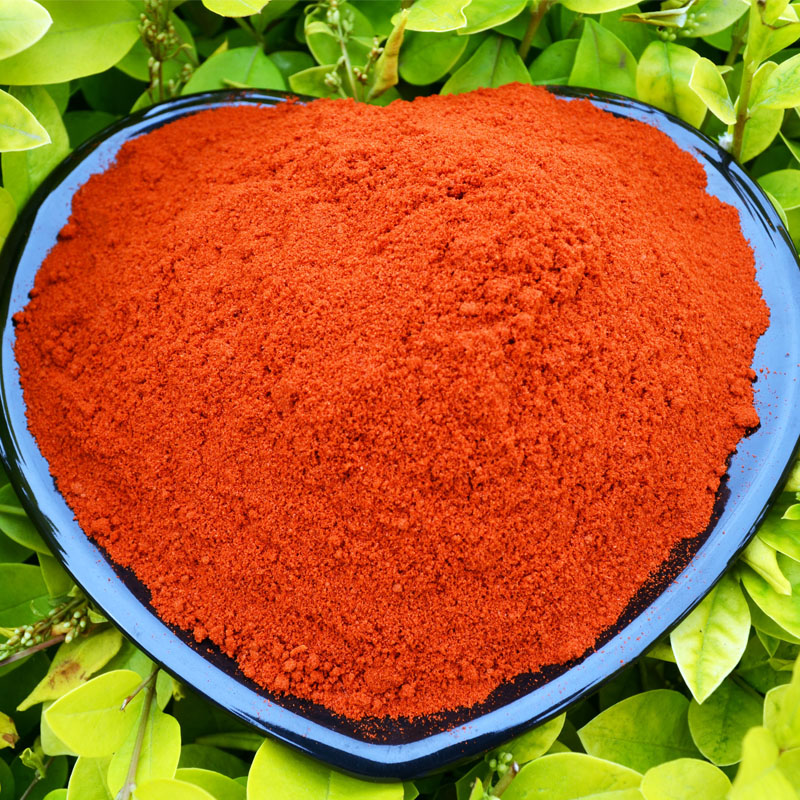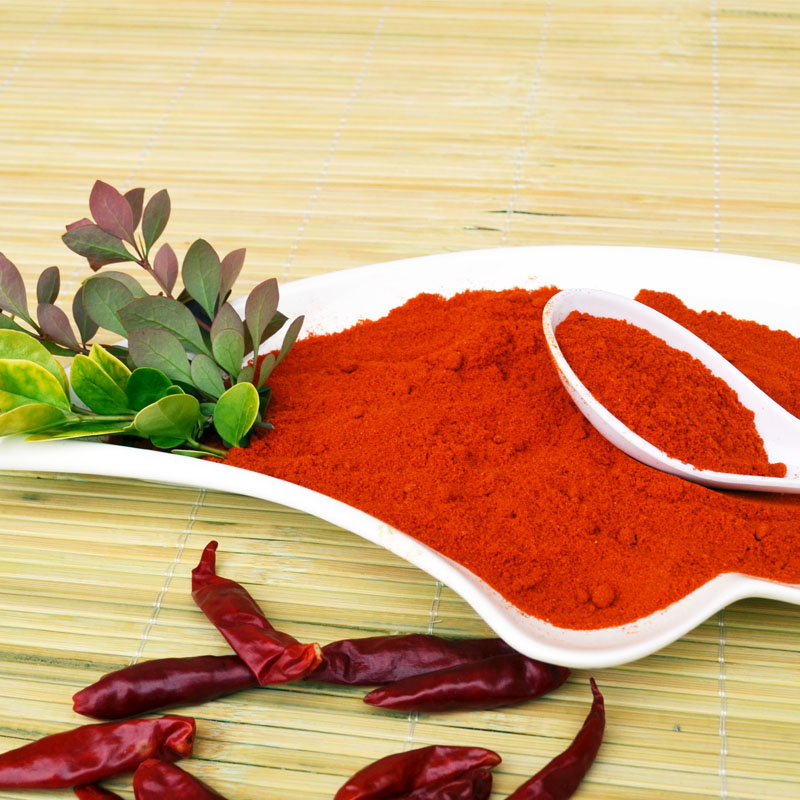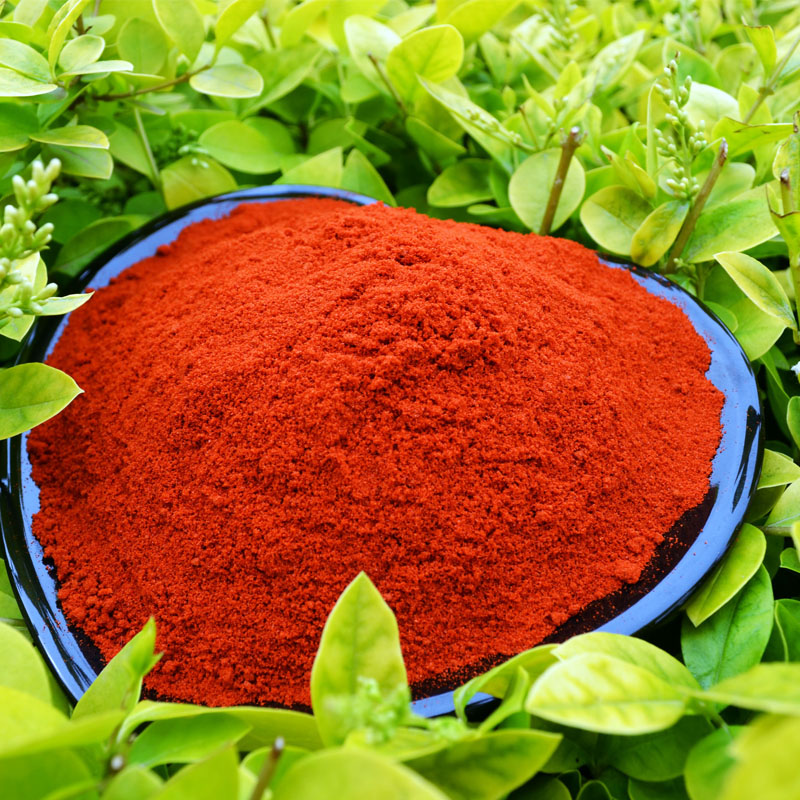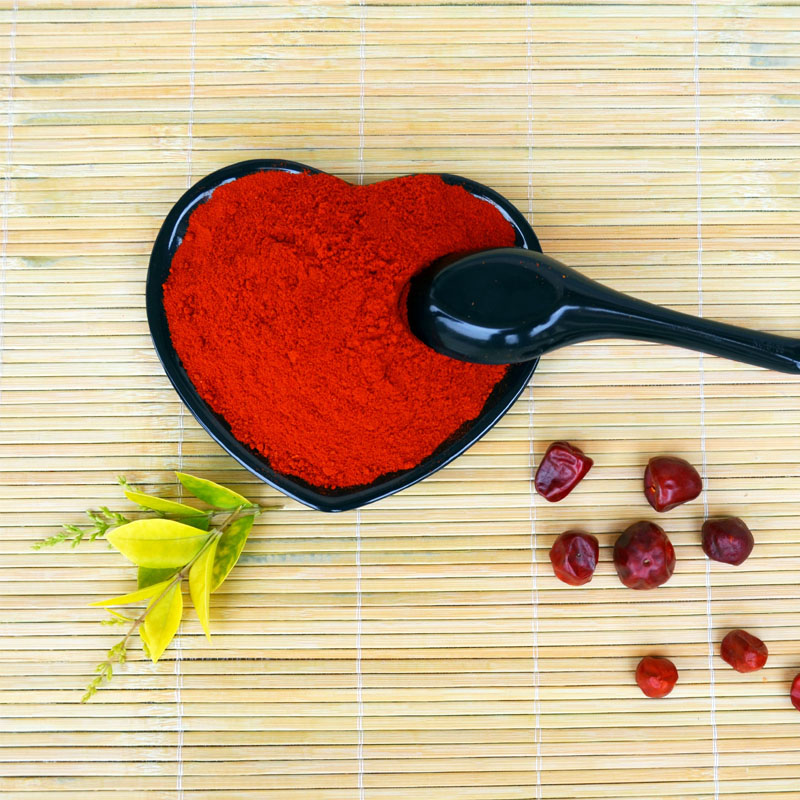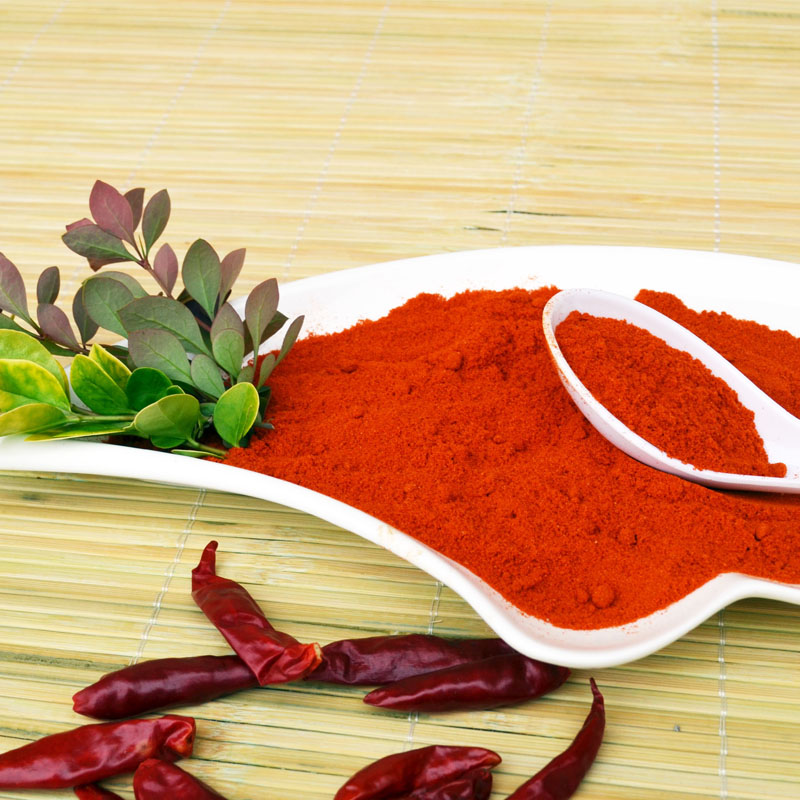
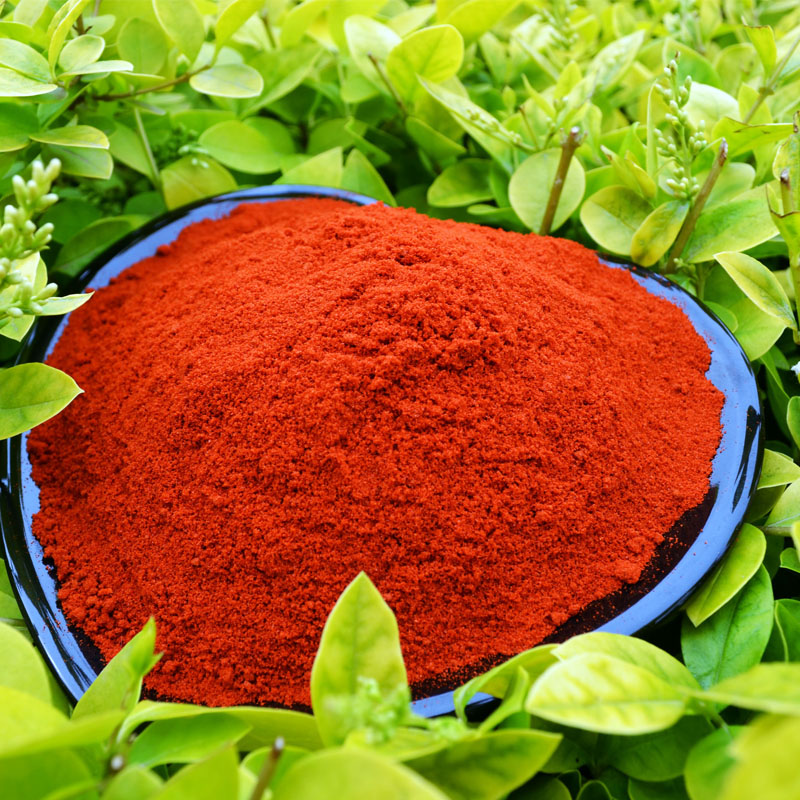
Lihlahisoa tsa rona tsa tlhaho le chefo e bolaeang likokoanyana tsa mahala tse nang le ZERO additive li se li rekisoa haholo linaheng le literekeng tse ratang ho li sebelisa ha li pheha. Litifikeiti tsa BRC, ISO, HACCP, HALAL le KOSHER lia fumaneha.
Ka kakaretso lihlahisoa tsa rona tsa phofo li pakiloe ka mokotleng oa pampiri oa 25kg o nang le mokotla o ka hare oa PE o tiisitsoeng. Le sephutheloana sa mabenkele se boetse se amoheleha.
Red chili peppers, which are a part of the Solanaceae (nightshade) family, were first found in Central and South America and have been harvested for use since about 7,500 BC. Spanish explorers were introduced to the pepper while on a search for black pepper. Once brought back to Europe, the red peppers were traded in Asian countries and were enjoyed primarily by Indian cooks.
The village of Bukovo, North Macedonia, is often credited with the creation of crushed red pepper.[5] The name of the village—or a derivative of it—is now used as a name for crushed red pepper in general in many Southeast European languages: "буковска пипер/буковец" (bukovska piper/bukovec, Macedonian), "bukovka" (Serbo-Croatian and Slovene) and "μπούκοβο" (boukovo, búkovo, Greek).
